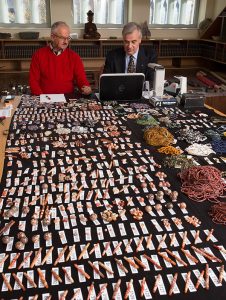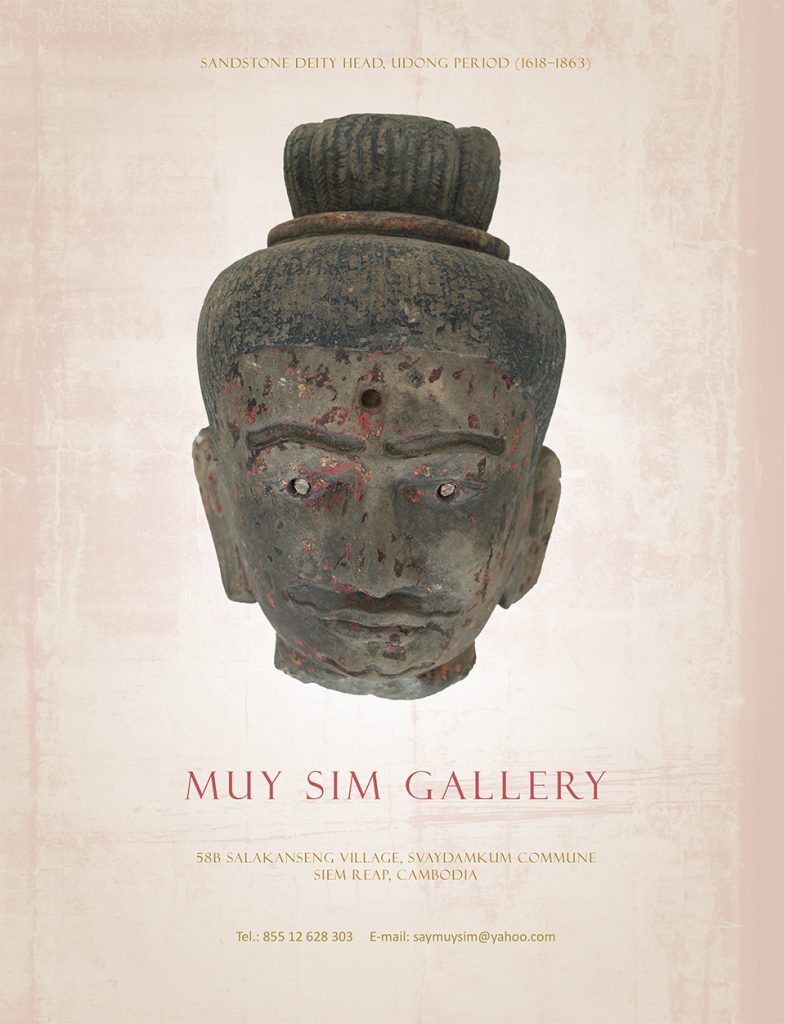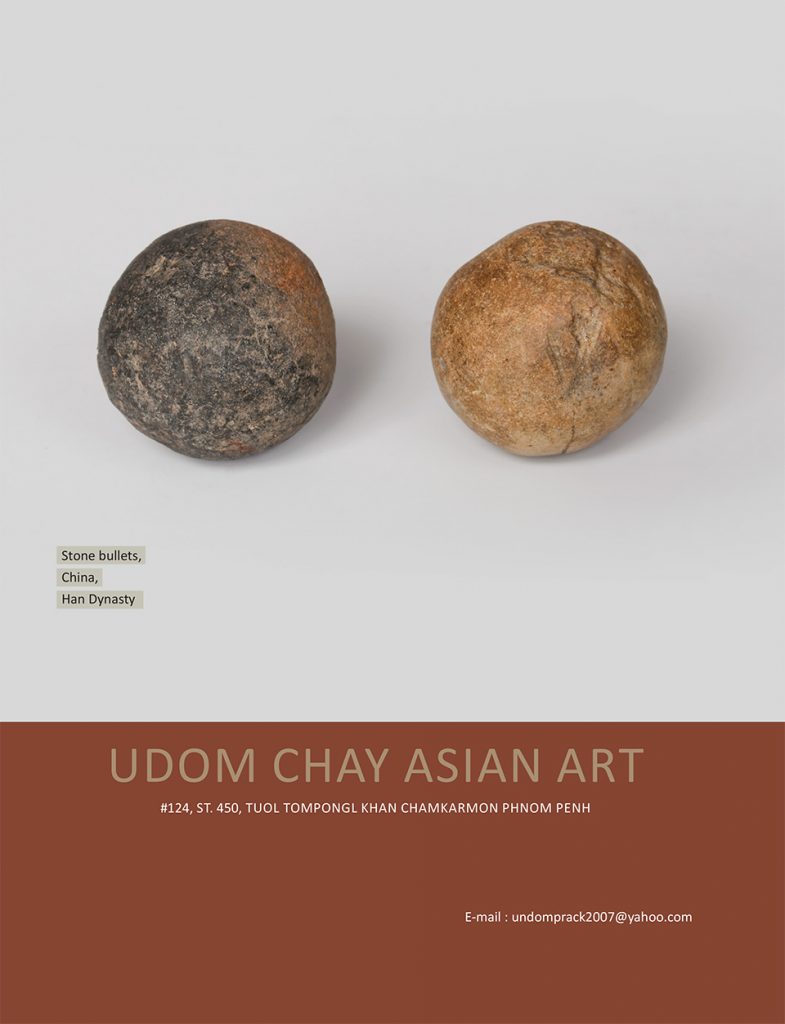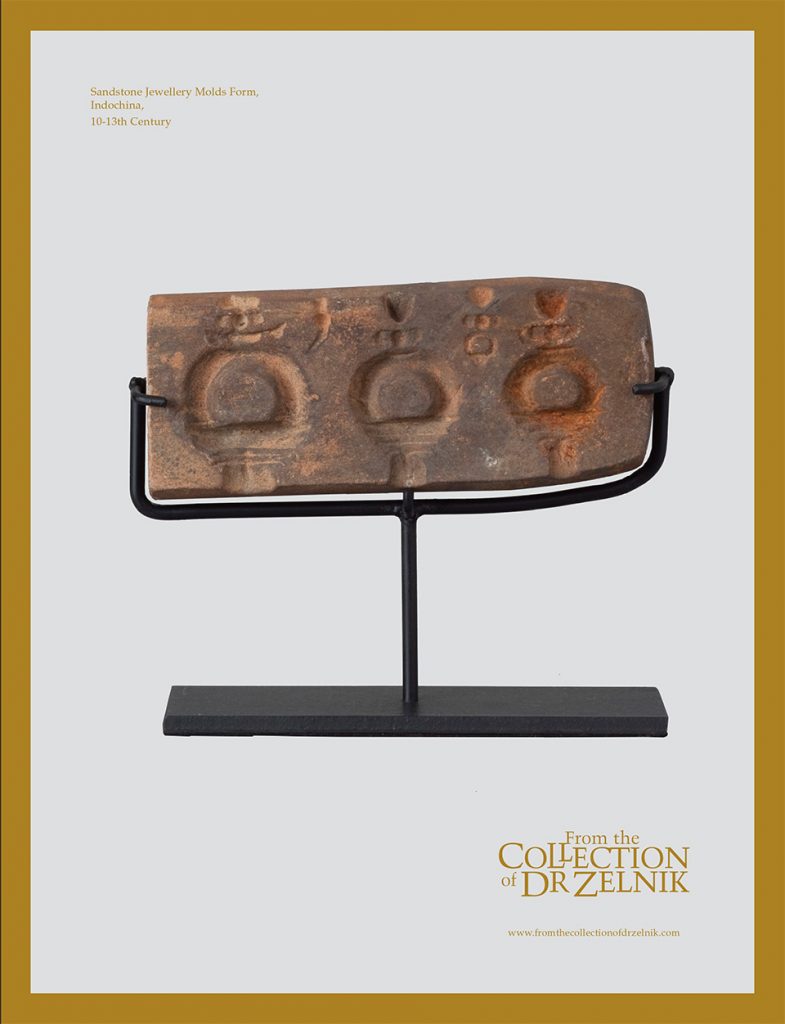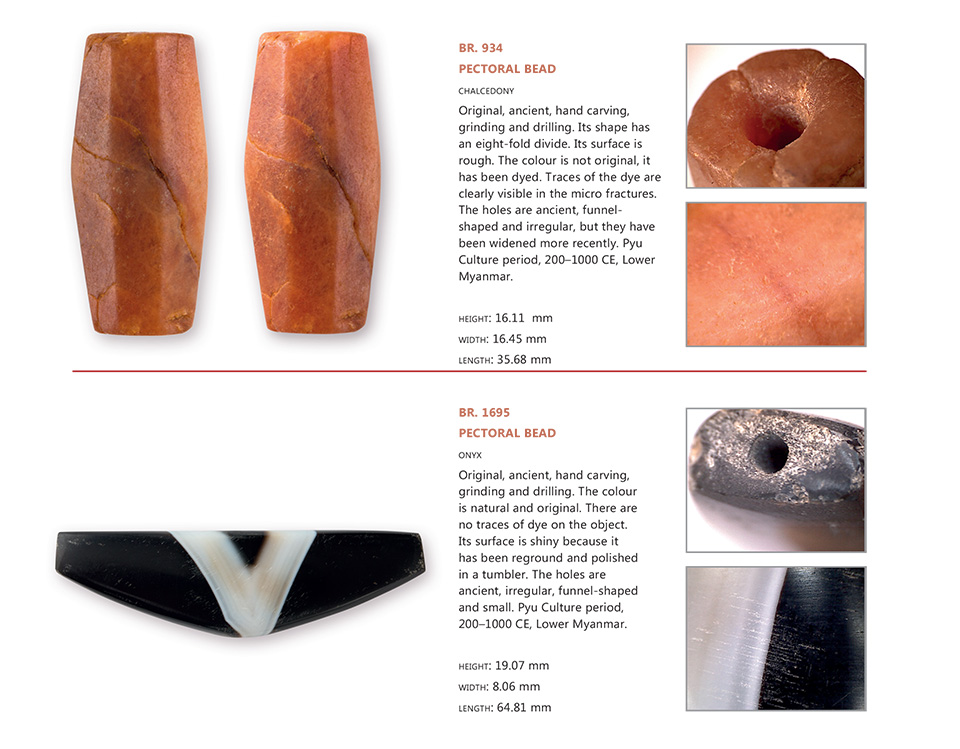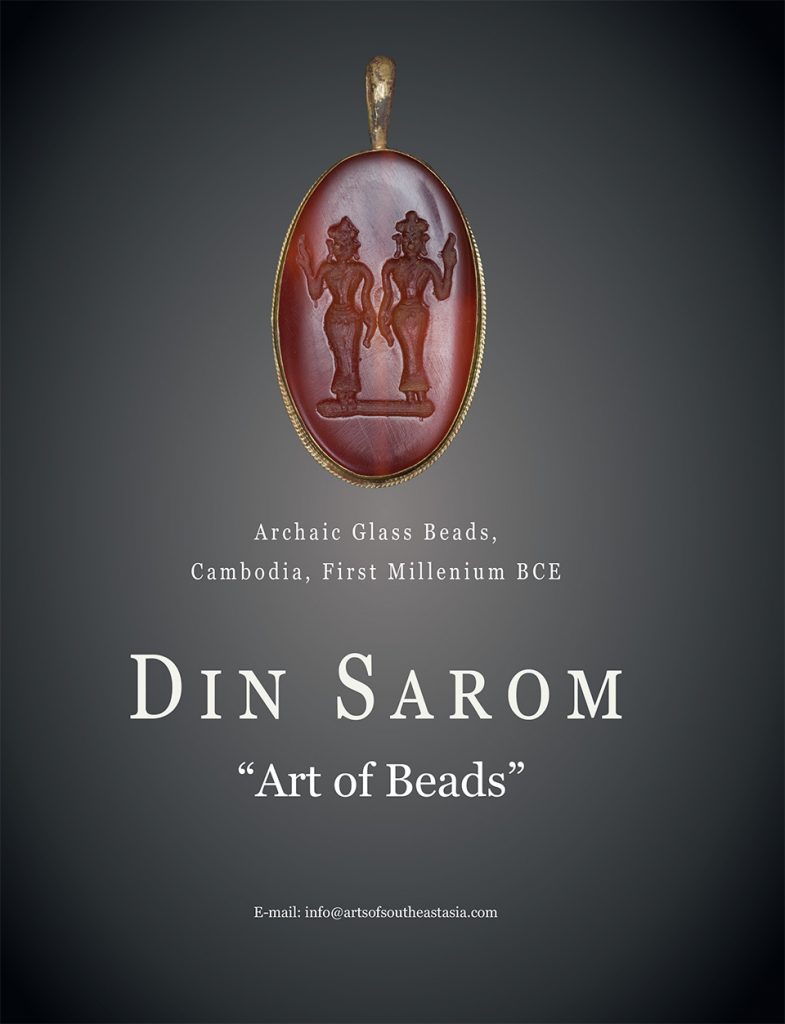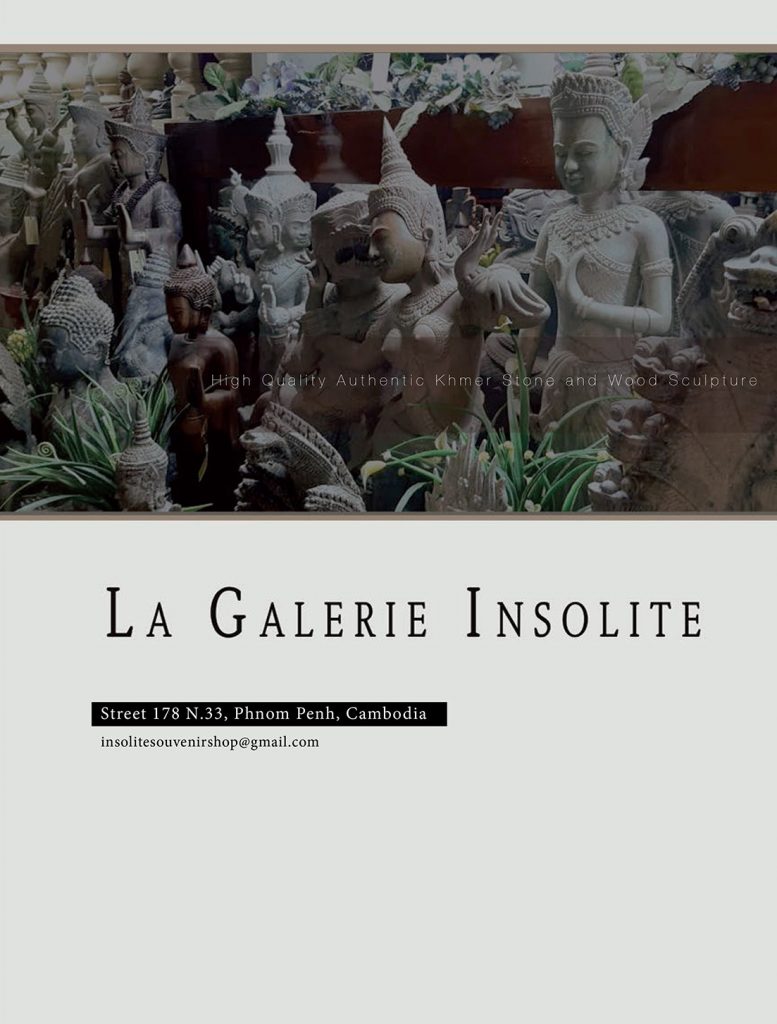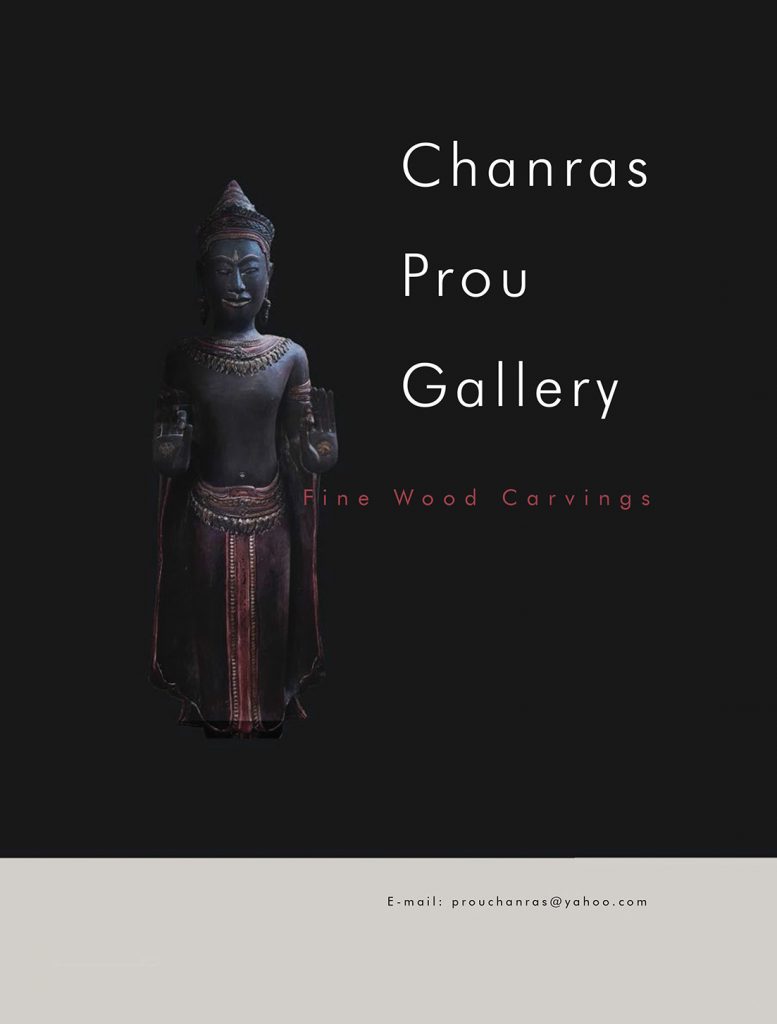The International Magazine of Arts and Antiques of Southeast Asia
Volume 2, Issue 2, March-April 2021
Contents
Editorial
Esteemed Reader,
It gives me great pleasure to introduce the seventh issue of Arts of Southeast Asia, which moves on to deal with the third part of a very special topic: the first two millennia of Burmese gem-cutting history, from the Samon Valley culture of 800 BCE through to the end of the Pyu Kingdoms in the tenth century.
For thousands of years, Burma has been renowned for its wealth of gemstone deposits: jade stones, ruby, emerald, agate, aventurine quartz, rock crystal, tourmaline and onyx, to name just the most widely known. These have been used to make utensils and ritual objects, including talismans and amulets with healing and protective powers, and jewellery.

Recently published studies and albums have shown how the cultural influences of India and Tibet have affected local beliefs and religions, including animistic rituals and the development of relics that have evolved over some three thousand years into the present day, and incorporate talismans and a cult of amulets that has spread across Asia.
In an excellent study by the Hungarian gemmologist, Dr. József Takács, you can acquaint yourself with the various types of Burmese gemstone and the techniques and tools that have been used in gem-cutting and processing in Burma for thousands of years.
Some wonderful material from the Burmese-American archaeologist and gemmologist, Terence Tan, gives a detailed overview of the historical development of Burmese gemstone talismans and amulets, and the art and culture of the Samon Valley and Pyu.
In Issue 5 of Arts of Southeast Asia, we showcased the cult and wonderful animal carvings that have been nurtured in connection with animal-shaped talismans over thousands of years in Burma and much of Asia. In issue 6 encounter the human-shaped talismans and the ancient world of gods and prospective saints. Issue 7 presents the wonderful, rich world of pectoral talismans and amulets in their masterful executions. Enjoy this extraordinary, precious gemstone-time travel!
Dr. István Zelnik
President of the Editorial Board
The Journey
from Prehistory to the Pyu States in Myanmar
by Terence Tan
The transition period in which the Bronze Age shifted to the Iron Age is most commonly referred to in Archaeology as the Bronze-Iron Transition Age (900 BC to 200 AD). In the later part of the Bronze Age, people travelled further, explored new regions, and made new discoveries. It is a common belief among historians that travellers and traders from Greece, Rome, Mesopotamia, Asia Minor, Central Asia, India,
China and East Asia travelled to the Southeast Asian countries via land and sea routes. At that time, people in what is today’s Myanmar were still in the Bronze Age.

Gemstone Objects from Burma
Gemmological Tests and Investigation of Production Technology
by Dr. József Takács
In the past year, we have examined a thousand of Burmese gemstone objects at the Department of Mineralogy of the Eötvös Loránd University and at the Hungarian Southeast Asian Research Institute.
Our objectives were to:
– Identify the materials used
– Establish the techniques used in their production
– Determine whether they are authentic, ancient pieces
– Identify fakes, copies and objects that have been repaired
– Determine whether the objects have undergone any modification in modern times
– Describe and document the information obtained about the objects (several thousand micrographs were taken in order to document our work)
